
The Fabric of the Cosmos
Space, Time, and the Texture of Reality
Used by arrangement with Alfred A. Knopf, a division of Random House, Inc.
www.randomhouse.com
ISBN: 9780375727207
Pages: 576
Recommendation
getAbstract.com highly recommends this excellent introduction to theoretical physics, which is accessible to any determined reader, even those with no mathematical and little scientific background. Pulitzer Prize-winning author Brian Greene is scrupulous about clarity, and has a gift for metaphor that makes it possible for him to discuss even the most abstruse, esoteric physics with skill, clarity and wit. Readers will discover baffling wonders that flatly contradict ordinary quotidian experience, and will come to realize that what they perceive as real is anything but real. Moreover, they will learn that physicists seem to have a great deal more success at demonstrating what is not real than at discovering what is. The most commonplace things - the difference between yesterday and tomorrow, between here and there - continue to baffle the greatest minds in science. Now you can begin to understand why.
Summary
About the Author
Brian Greene is a professor of physics and mathematics at Columbia University and author of the Pulitzer Prize-winning The Elegant Universe.








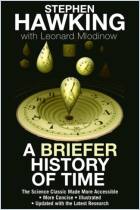
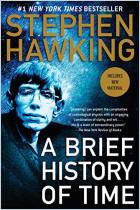
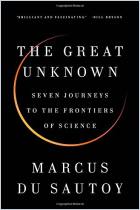

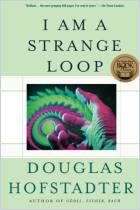
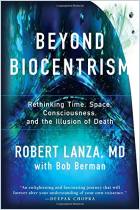

Comment on this summary